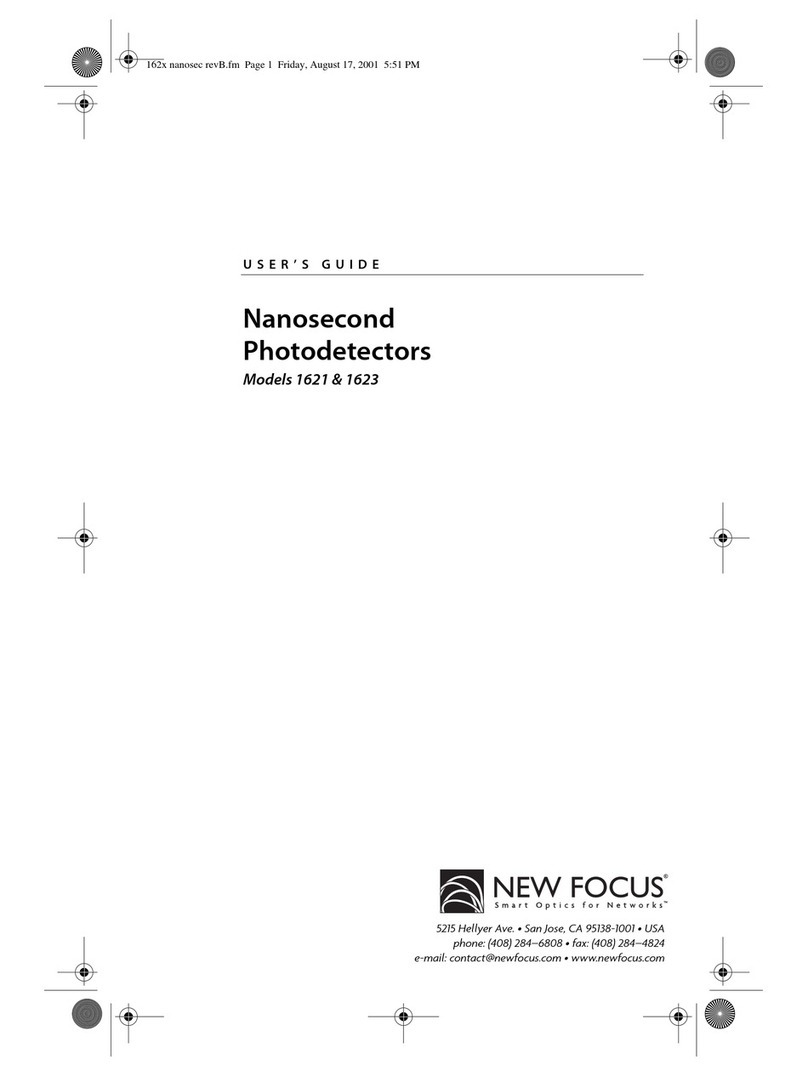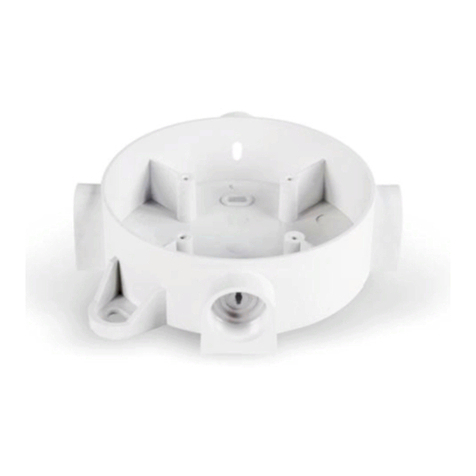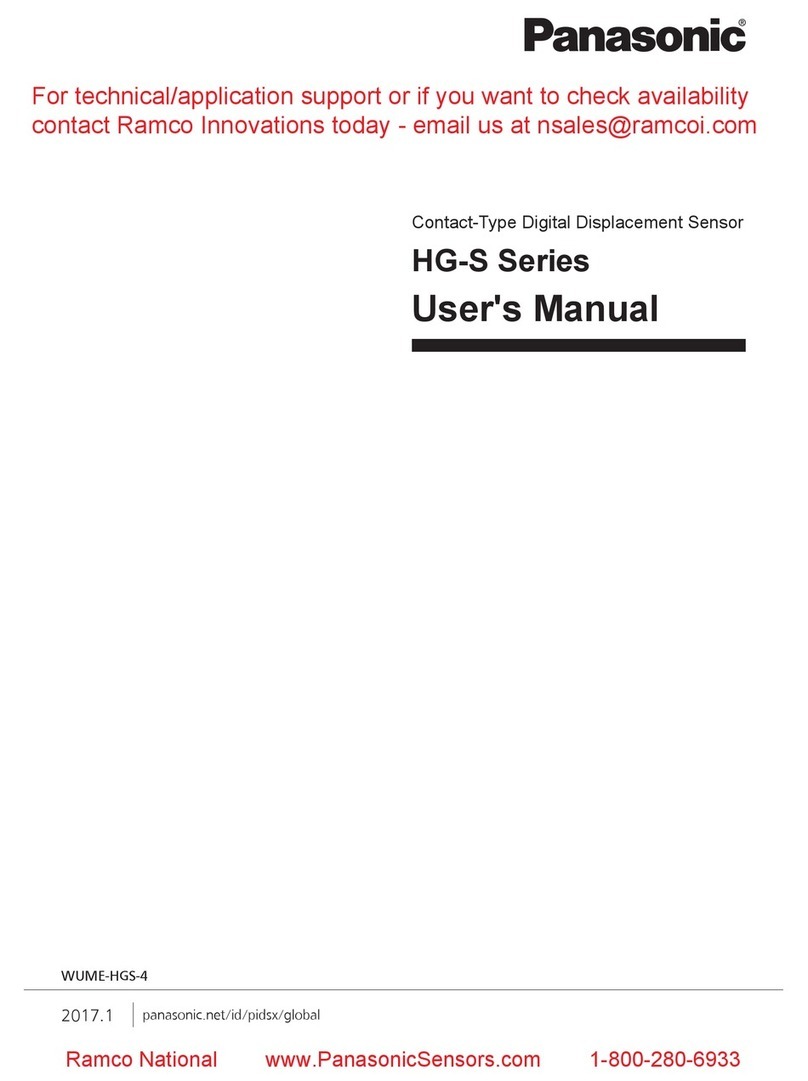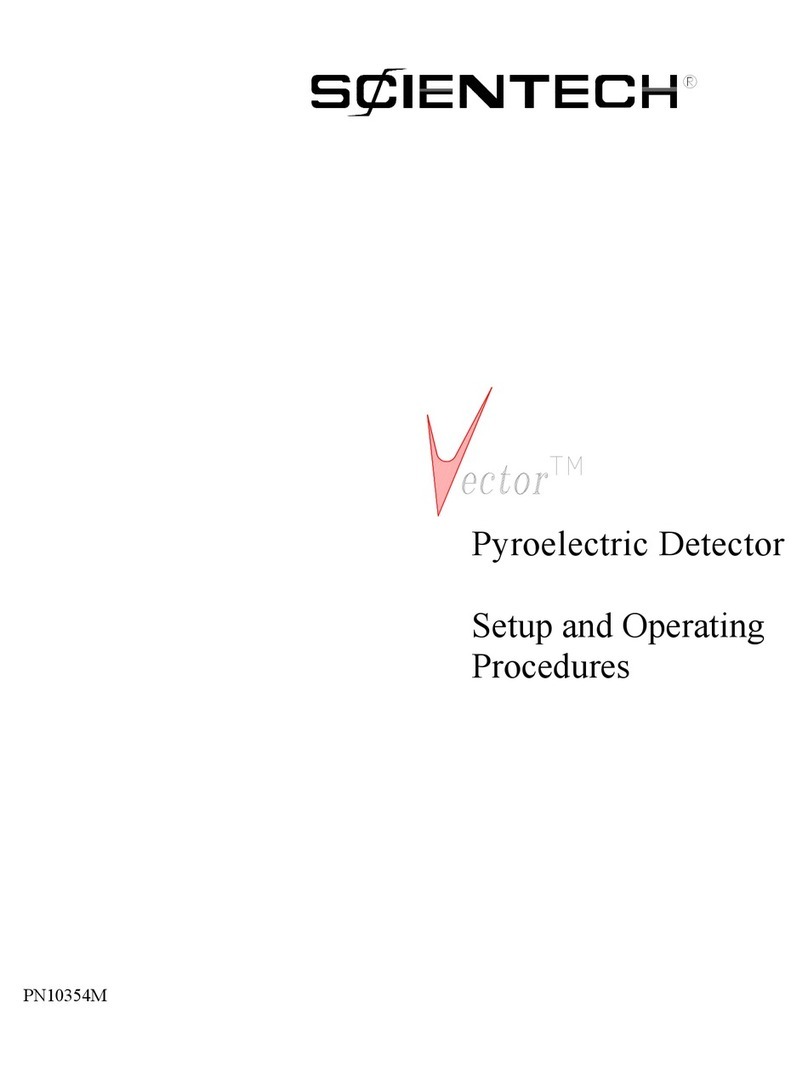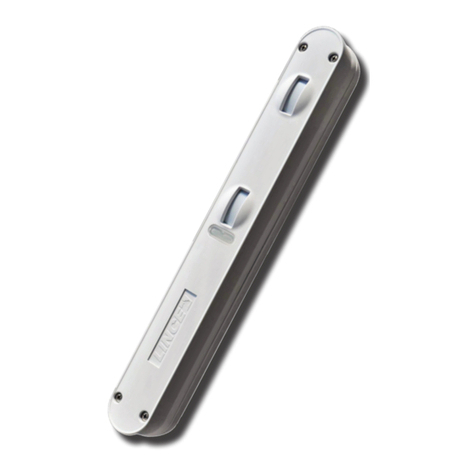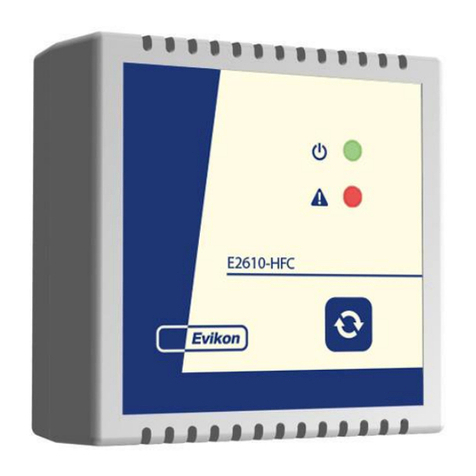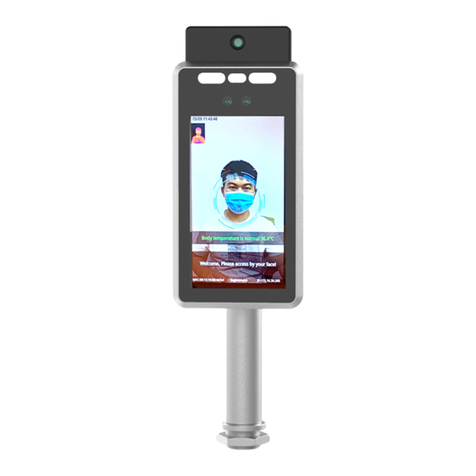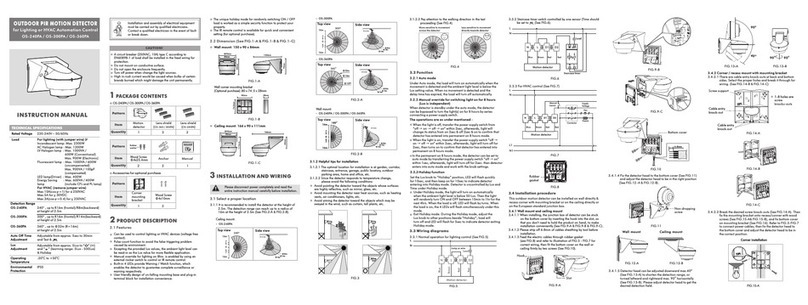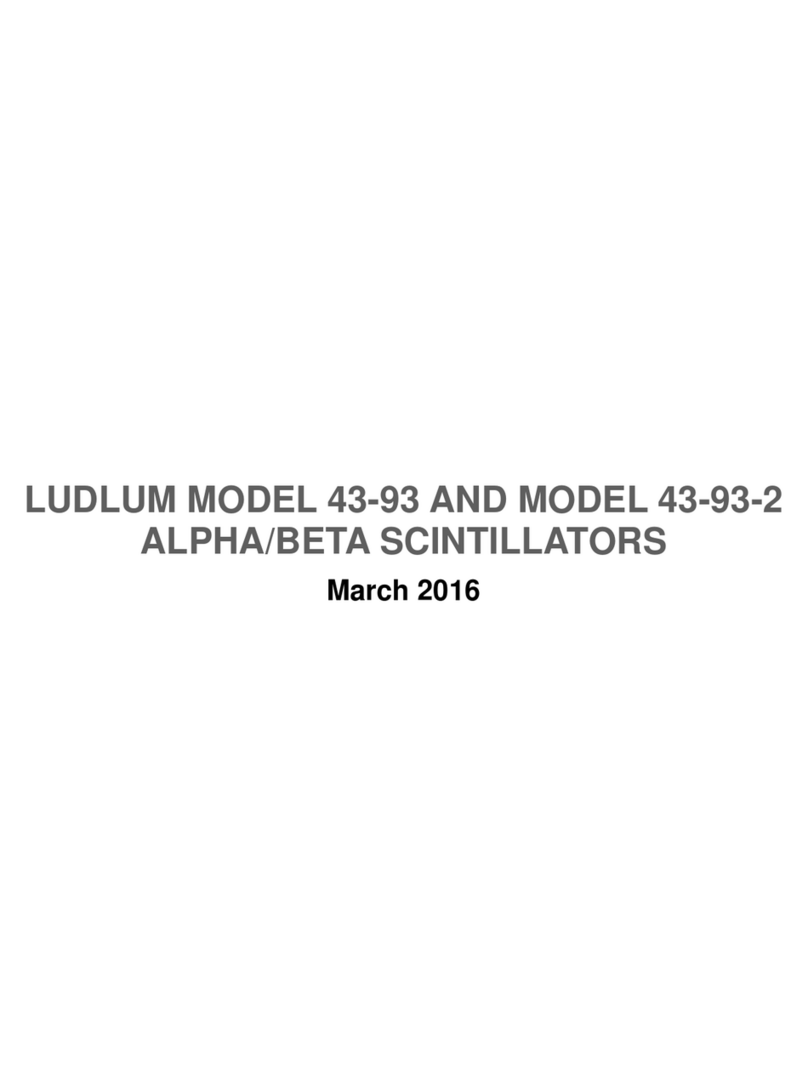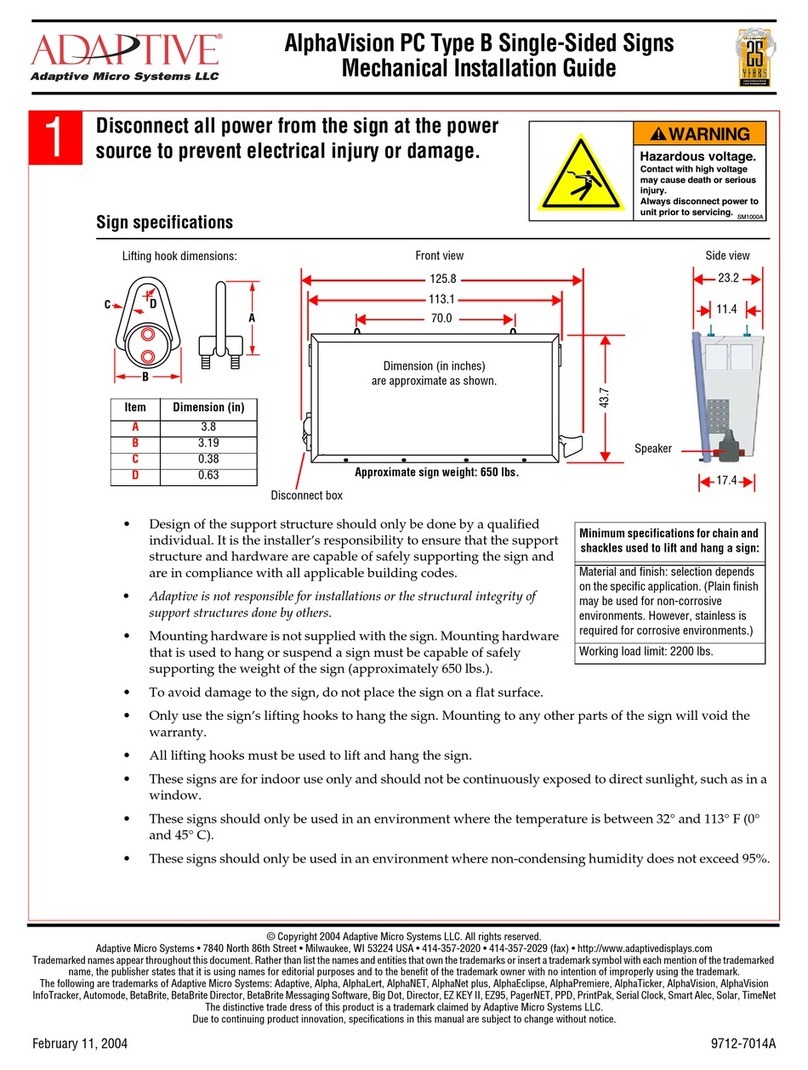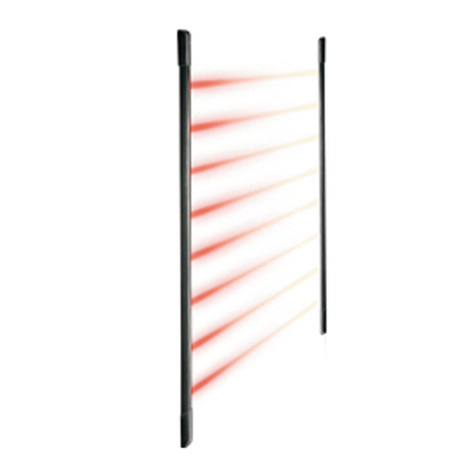Eller P-81 User manual

The European certificate issued by
CETE APAVE SUDEUROPE
BP 193, 13322 Marseille
France - 0082
USER CARD
TECHNICAL SURVEYS
1
SIGNATURE OF
PERSON
RESPONSIBLE
NUMBER OF DEVICE
USER NAME
CATALOGUE NO.
DATE OF MANUFACTURE
DATE OF INTRODUCTION INTO USE
DATE OF PURCHASE
2
3
4
5
DATE OF NEXT SURVEYSURVEY DATE REASONS FOR SURVEY OR REPAIR DAMAGES FOUND, REPAIRS PERFORMED,
OTHER NOTES
DEVICE NAME
MODEL
READ THE INSTRUCTIONS
BEFORE USE
The site where the equipment is used is responsible for completing the utilisation card.
The utilisation card should be filled in before the first release for use of the device.
All the information pertaining to the protective equipment (name, serial number, date of purchase and date of introduction into use,
user name, information about periodic surveys and repairs) should be included in the utilisation card of a device.
The card is filled in by the person in charge of protective equipment on site.
Pieces of personal protective equipment without a complete utilisation card must not be used.
!
overhauls, as well as withdrawals) must be placed in the utilisation card for a given device. The site where the equipment is used is responsible for completing the
utilisation card. The card is filled in by the person in charge of protective equipment on site. Pieces of personal protective equipment without a complete utilisation card
must not be used.
!If the equipment is sold abroad, from the country of origin the equipment supplier should attach an operation and maintenance manual, as well as provide information about
periodic surveys and repairs in the language of the country where the equipment is to be used.
!A piece of PPE should be immediately taken out of use if any doubts pertaining to its state or its normal operation occur. Putting it again into use is possible upon the
completion of a detailed survey carried out by the manufacturer of the equipment and their written approval for bringing it back to use.
!An item of PPE should be taken out of use and withdrawn from use (destroyed) if it took part in the protection from fall incident.
!The safety harness is the only acceptable device for keeping a body in an item of PPE for protection against falls from height.
!A point (device) for the anchoring of a piece of equipment for protection against falls from height should have a stable design and location to limit the possibility of fall and to
minimise the length of free fall. The anchoring point should be located above its user's place of work. The shape and design of an anchoring point for a device should
guarantee a permanent fixation of equipment and cannot lead to accidental disconnection. Minimum static strength of the anchoring point for a piece of PPE equipment for
protection against falls from height is 15 kN. It is recommended to use certified and marked anchoring points of equipment complying with EN 795.
!It is mandatory to check the free space under the work place where a piece of equipment for protection against falls from height is to be used to avoid the possibility of
hitting any objects or the surface underneath during possible fall. The amount of free space under a work place is to be checked in the operation manual for the PPE item to
be used.
!During the use of equipment, pay special attention to any dangerous phenomena influencing the operation of the equipment and the safety of the user, especially:
- looping and sliding of ropes on sharp edges, - pendulum falls, - conducting electric current,
- any damage - cuts, wearing through and corrosion, - influence of extreme temperatures,
- negative influence of climate, - influence of chemicals,
!An item of PPE should be transported in a packaging that protects it from damage or wetting, e.g. in bags made from impregnated fabric, steel or plastic cases or grates.
!The PPE items must be cleaned in a way that prevents damaging the material (raw material) of the device. In the case of textile materials (tapes, ropes), use cleaning
agents for delicate fabrics. Can be washed by hand or in a washing machine. Rinse thoroughly. Plastic parts can be cleaned with water only. A PPE device that became wet
during cleaning or use should be cleaned thoroughly in natural conditions away from heat sources. Metal parts and mechanisms (springs, hinges, pawls etc.) may be
periodically lightly lubricated to improve their operation.
!PPE devices should be stored in loose packaging in well-ventilated, dry rooms, protected against light, UV radiation, dust, sharp objects, extreme temperatures and caustic
substances.
All the information regarding the protective equipment (name, serial number, date of purchase and beginning of use, user name, and information regarding repairs and
INSTRUCTION FOR USE
The safety harness is a basic item of PPE for protection against falls from a height that complies with EN 361 (as a safety harness),
EN 358 (as belts for work positioning and restraint) and EN 813 (as a sit harness - the maximum load of the sit harness is 100 kg).
1. Shoulder belt.
2. Adjustment clamp of shoulder belt.
3. Front clamp for attachment of equipment for protection
against falls from a height.
4. Front attachment clamp for use only as sit harness according
to EN 813 (this clamp must not be used for connecting
equipment for protection against falls from a height).
5. Side clamps of a sit harness. For use with ropes for work
positioning according to EN 358.
6. Sit harness for work positioning.
7. Fixing and adjusting buckle of waist belt.
8. Thigh belt.
9. Fixing and adjusting buckle of thigh belts.
10. Back clamp for attachment of equipment for protection
against falls from a height.
11. Crossing element.
12. Adjustment clamp of a back harness belt.
13. Pillow of a sit harness for work positioning.
14. Plastic clamps for attachment of tool bags.
15. Loops for attachment of tools.
16. Mark of harness.
1
2
5
6
79
15
14
13
10
3
4
11
12
16
DESCRIPTION
Full body harness is made of pieces of polyamide webbing
which are sewn and connected by metal buckles.
This configuration guarantee full safety and comfort work.
SIZES
Safety harness SR60-SAFE-A are made in three sizes:
- small - S
- universal - M-XL
- extra extra large - XXL
BASIC EQUIPMENT
!back attaching buckle - for attaching fall arrest system;
!front attaching buckle - for attaching fall arrest system;
!front attaching buckle - for attaching fall arrest system;
!connecting and adjusting buckles - for comfort wearing
and using of harness.
8
P-81
Cat. no.: AB 181 01
EN 358:1999
EN 361:2002
EN 813:2008
SAFETY
HARNESS
SAFETY HARNESS
Cat. no.: AB 181 01
Size
M-XL
XXL
P-81
Serial number:
0000001
b
a c d
efghi
j
EN 358:1999
EN 361:2002
EN 813:2008
max. load 100 kg
Date of manufacture:
11.2009
a. Name/type of device.
b. Device model marking.
c. Catalogue number.
d. European standards.
e. Number of a notified body.
f. Month and year of manufacture.
g. Serial number of a device.
h. Size.
i. Note: read the instructions.
j. Manufacturer's or distributor's marking.
k. maximum load of sit harness.
DESCRIPTION OF MARKING k
S
Louis Reyners BV, Symon Spiersweg 13A
1506 RZ, Zaandam, The Netherlands
Tel: +31 (0)756504750, fax +31 (0)756504760, www.lr.nl

1
2
CONNECTING THE LINIKING AND DAMPING COMPONENT
!The front loop of the harness should always be attached using the front linking clamp.
Always check the securing of the front linking clamp against accidental opening. It is
prohibited to use the harness with an unfastened front loop. The clamp must not be
removed from the harness or replaced with another clamp.
- directly to the back attachment clamp (1),
or
- to the front attachment clamp (2). The linking and damping component must not be
attached directly to the harness loop nor to the linking clamp.
The back attachment clamp is marked with a letter A, placed on the crossing
element, with arrows pointing to the clamp.
The front attachment clamp is marked with a label with the letter A, placed next
to the clamp. See figures on the right.
!The chosen linking and damping component can be
connected only to the catch element of the safety harness,
marked with a large letter A.
The linking and damping component can be only
attached:
GENERAL RULES FOR USE OF INDIVIDUAL PROTECTIVE EQUIPMENT FOR PROTECTION AGAINST FALLS FROM A HEIGHT
!PPE items must be used only by persons trained in their methods of use.
!PPE items must not be used by persons whose medical condition can influence the safety of daily use or use in an emergency mode.
!An emergency action plan should be created for use in case of emergency.
!It is prohibited to modify the equipment in any way without the manufacturer's written consent.
!Any repairs of the equipment can be carried out only by the equipment's manufacturer or their authorised representative.
!PPE items may not be used for purposes they were not intended for.
!An item of PPE is personal and should be used by one person only.
!Check, before use, if all the elements of the protection against fall from a height system work together properly. Check periodically the connections and fittings of the
elements of the equipment to avoid their accidental loosening and unfastening.
!It is prohibited to use protective equipment sets where the operation of one component is disrupted by the operation of other component.
!Before each use of a PPE item, perform a thorough visual inspection to check the condition and operation of the equipment.
!Before use of equipment for protection against falls from a height comprising of the safety harness, check if all the elements are connected properly with each other and if
they cooperate without any disruptions and if they comply with the standards in force:
!During the visual inspection, check all the elements of equipment, paying particular attention any damage, excessive wear, corrosion, wearing through, cuts and abnormal
operation. Pay special attention to the following elements in the listed devices:
- safety harnesses and belts for work positioning - clamps, adjustment elements, fastening points (clamps), tapes, seams, loops;
- safety dampers - attachment loops, tape, seams, housing, connectors;
- ropes and textile guides - rope, loops, thimbles, connectors, adjustment elements, splices;
- ropes and steel guides - rope, wires, clamps, loops, thimbles, connectors, adjustment elements;
- self-locking devices - rope or tape, normal operation of reel and locking mechanism, housing, damper, connectors;
- self-clamping devices - device body, normal shifting on the guide, operation of locking mechanism, rollers, screws and rivets, connectors and safety dampers;
- attachments (snap fasteners) - bearing body, riveting, main pawl, operation of locking mechanism.
!At least once a year, after every 12 months of use, an item of PPE should be taken out of use for a thorough periodic survey. A periodic survey can be carried out by an
authorised person on the site that is responsible for periodic surveys of PPE and is trained in this field. Periodic surveys can be carried out only by the equipment's
manufacturer or their authorised representative. During the survey, all the elements of equipment should be checked, paying particular attention to any damage, excessive
wear, corrosion, wearing through, cuts and abnormal operation (see previous point).
In some cases, the protective equipment has a complex design, e.g. self-locking devices, and the periodic surveys can be carried out only by the equipment's manufacturer
or their authorised representative. After the completion of a periodic survey, the date of next survey is set.
!During periodic inspection it is necessary to check the legibility of the equipment marking.
!Regular periodic surveys are of vital importance when it comes to the condition of the equipment and the user's safety, which in turn depends on the full efficiency and
durability of the equipment.
- EN 354, EN 355, EN 353-1, EN 353-2, EN 360, EN 362 - for linking and damping components;
- EN 795 - for anchoring points for the equipment (fixed structure points);
- EN 341 - for evacuation equipment;
- EN 358 - for work positioning systems.
NOTE: 1 A linking and damping component must never be attached directly to the side clamps of a sit harness.
2 Devices for work positioning must never be attached to breast clamp.
ATTACHING ROPES FOR WORK POSITIONING ACCORDING
PERIOD OF USE
A safety harness can be used for 5 years from the date of first introduction into use from the user's storage. After the first 5 years of use, the harness must be submitted to a detailed
survey by the manufacturer.
The manufacturer's survey can be carried out by:
- the safety harness manufacturer;
- a person authorised by the manufacturer;
- a company authorised by the manufacturer.
During the manufacturer's survey, a period for use of a harness up to the next survey will be set.
A safety harness should be taken out of use immediately and withdrew from use (destroyed) if it took part in the protection from fall incident.
The harness is put on correctly when:
It is possible to place a hand between the individual belts of the harness and the clothing.
Back attachment clamp is located on your shoulder blades.
The front linking clamp is located at the height of middle of your ribcage.
The free ends of belts are secured in loops and fit tight to harness.
PUTTING ON A SAFETY HARNESS
32 41
Shortening Lengthening
Adjustment of the length of shoulder belts
Fastening the automatic clamps of thigh belts and a sit harness for work positioning
Adjustment of thigh belts and a sit harness for work positioning
Lengthening
5
1
1
2
6 7 8
9 10 11 12
NOTE: Before using the harness, perform a suspended work check in a safe location.
Make sure the harness is the right size, fits properly and guarantees the necessary comfort of work.
Lift the harness holding the back
attachment clamp. Thigh belts
should be unfastened.
Put shoulder belts on your
shoulders.
Fasten the breast clamp.
Put the free ends of thigh belts over
between your legs. Check if they are not
twisted. Fasten the thigh belts' clamps.
Fasten the thigh belt clamp.
Adjust the length of the thigh belt.
A rope for work positioning can be attached only to the side clamps of a sit harness.
According to EN 358, a rope “for work positioning” should be girded around a structural element
at the height of the waist of the user or higher.
The length and tension of a rope should be adjusted so that the free fall length is limited to max. 0,5 m.
Shortening

